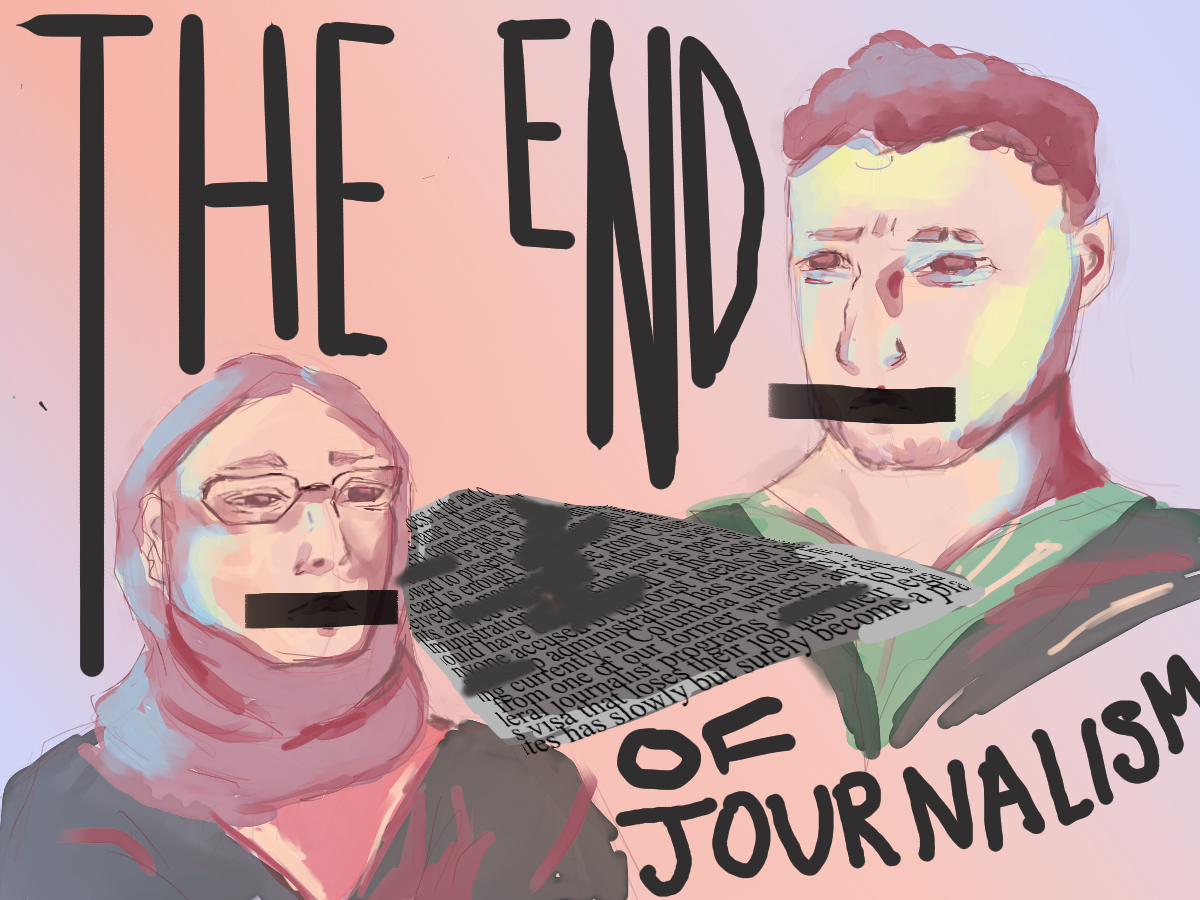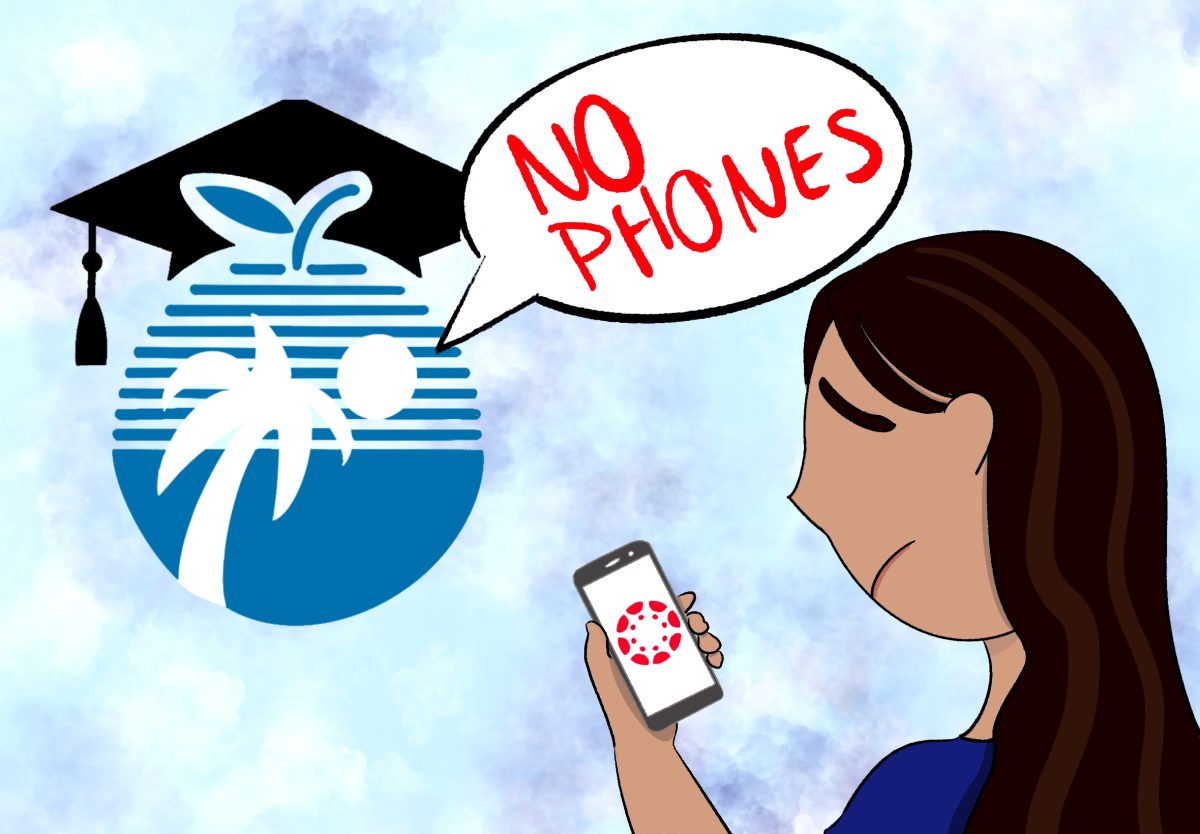Shows and films are continuously created for teenage audiences and while they are meant to resonate with teens, they fail to portray them with accuracy. Instead of depicting teenage characters in a nuanced and relatable manner, the media prefers to focus on generating compelling storylines without considering how poorly they are portraying their teenage audience watching at home.
It seems almost typical of the media to misconstrue teenage life. While all teenagers by no means have the same experiences, the teenage experience as a whole generally encompasses the same basic activities of going to school, spending time at home, hanging out with friends and participating in extracurriculars.
While teenagers do experiment with sex, drugs and alcohol, the extremes to which this is taken in the media are entirely unrealistic. For instance, the HBO show “Euphoria” portrays prominent teenage struggles, including drug use and abuse. Unfortunately, in its depiction of these topics, the characters’ struggles are so dramatized and amplified that any relatability they may have possessed is no longer existent.
Teenagers do not spend their weekdays partying like they do in “Euphoria” or solving mysteries like they do in “Outer Banks.” Obviously, these elements are what make the shows interesting and provide a plot; however, the shows exclusively focus on drugs, alcohol and mystery and forget to make their teenage characters seem genuine.
Instead of attending class, doing homework or going through the stressful process of applying to college, teenage characters are too busy being blackmailed after a friend’s disappearance, like in “Pretty Little Liars,” or taking methamphetamines to win a singing competition, like in “Glee.” This is concerning, as struggles like those first mentioned are almost universal and experienced by the majority of teens, yet are continuously missing from the depiction of teenage life in the media in favor of portraying the latter struggles, which rarely occur in reality.
Instead of solely focusing on the plot, media involving teenage characters should place a greater emphasis on depicting universal teenage experiences. The media needs to balance portraying teenagers’ desire to have fun, experiment and live life to the fullest while simultaneously attempting to get good grades. This more realistic portrayal of teens can be seen in shows such as “Sex Education” and “Never Have I Ever,” in which the character’s are seen having fun and behaving recklessly while also focusing on academics.
Still, shows like “Never Have I Ever” have flaws, namely in the casting of actors much too old for their teenage roles. The most significant example of this is Darren Barnet, who, at the age of 29, played high schooler Paxton Hall-Yoshida in the show. This situation is not exclusive to this show, but rather a trend within the media that makes teen representation extremely inaccurate.
These actors are in no way representative of what teens actually look like. In high school, teens are still developing, whereas the actors playing teenage characters are not, often being well into their twenties when they portray them. In the media, high schoolers never have acne, braces or any of the other appearance related insecurities common among teens. Thus, unrealistic beauty standards are being set for teens that are nearly impossible for them to achieve at their age.
Going forward, it is vital for the media to portray their teenage audience with greater accuracy. It is harmful and disheartening when the producers of shows and movies that focus on teens do not even take the time to make their characters seem genuine. Representation is important and in order for teens to continue engaging with media, they must be able to see themselves reflected in the characters they are watching on television. This can be achieved in shows and films by casting younger actors, incorporating realistic storylines and involving teenagers in the script and story writing process.
This story was originally published in the December 2023 Eagle Eye print edition.



































